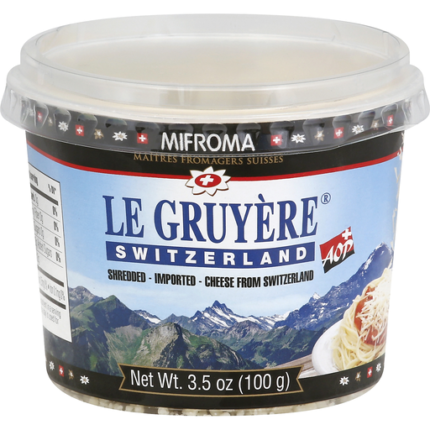Description
The water buffalo (Bubalus bubalis) is a vital livestock species that has played an essential role in agrarian societies throughout Asia, Africa, and parts of Europe. Known for its impressive strength and resilience, the water buffalo is particularly valued for its ability to thrive in wet, marshy environments where other livestock may struggle. Typically used as a draught animal in rice paddies and for plowing fields, the water buffalo has contributed significantly to sustainable agriculture, enhancing the productivity of farms and supporting the livelihoods of rural communities.
Unlike their domesticated counterparts, wild water buffalo are among the most endangered species in the world, primarily due to habitat loss and hunting. The domestication of the water buffalo dates back thousands of years, and its gentle demeanor and social nature have made it a beloved animal in many cultures. In addition to their agricultural contributions, water buffalo also provide milk, which is richer in fat and nutrients compared to cow’s milk, making it a staple in many diets, particularly in regions where dairy production is significant.
Culturally, the water buffalo holds a special place in various traditions and rituals. In countries like India, the animal is often associated with agricultural festivals and is revered in certain religious practices. Their agility and strength are celebrated in events such as buffalo races and bullfighting, showcasing the deep bond between humans and these remarkable creatures. As the world grapples with food security and sustainable farming practices, the water buffalo remains a key symbol of resilience and adaptability in the changing landscape of agriculture.




























